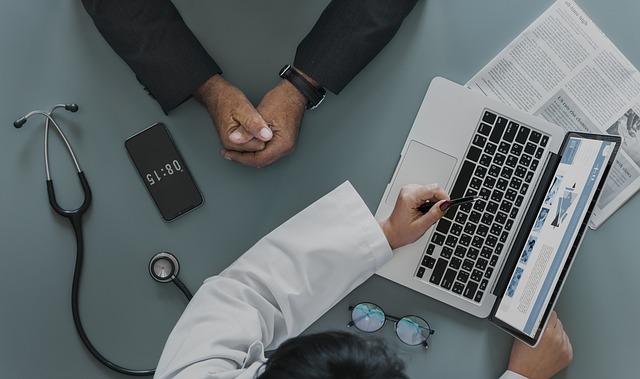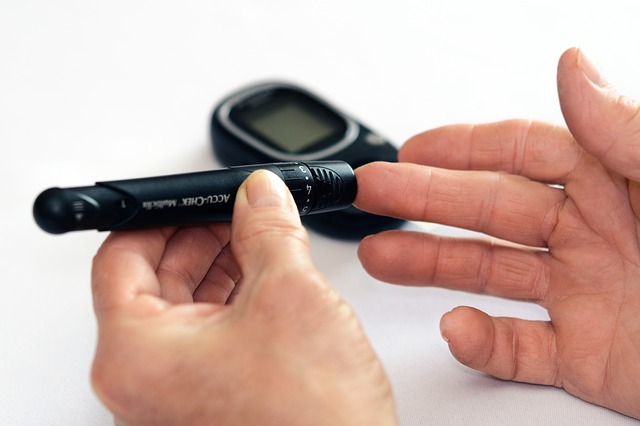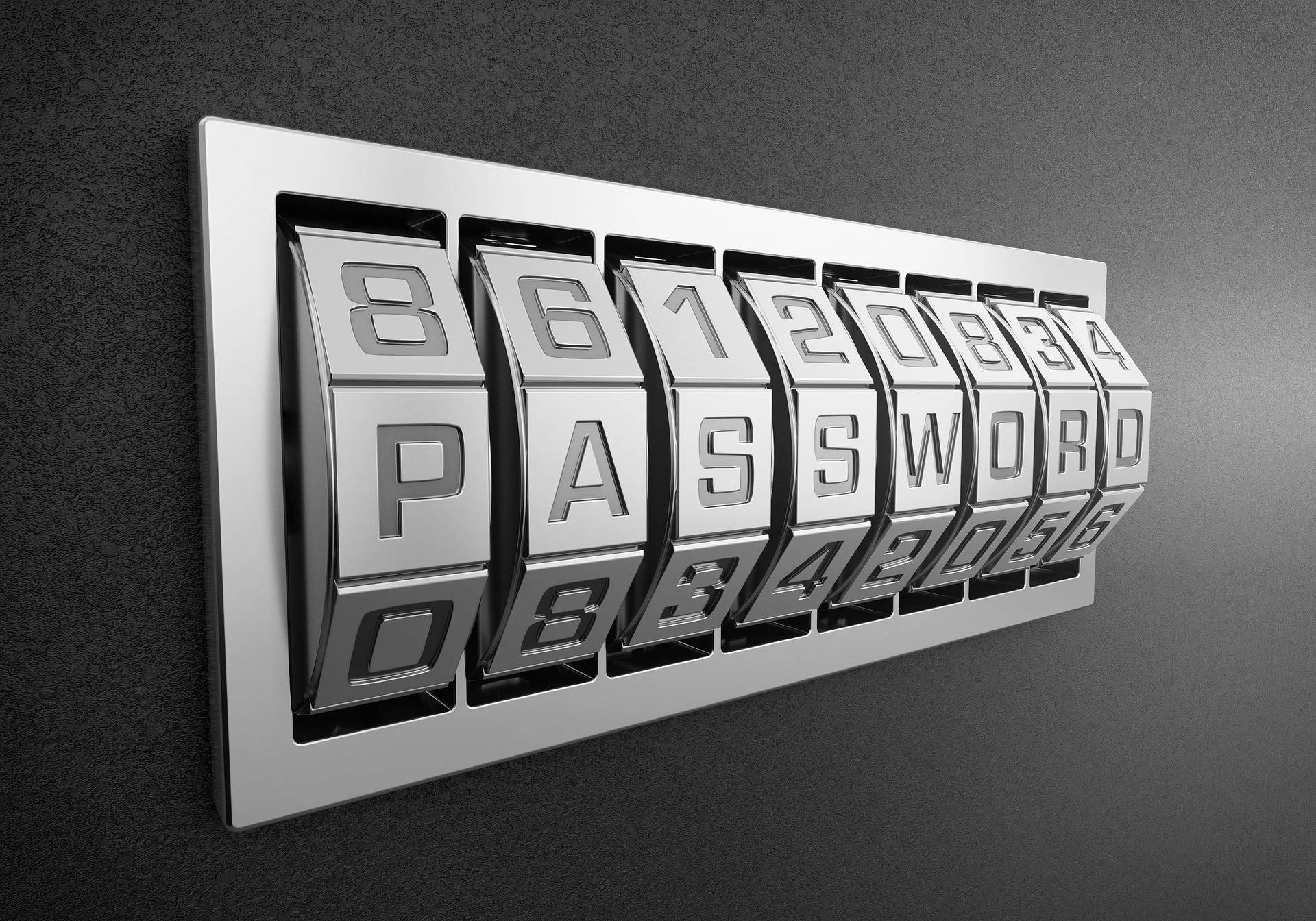The Key Benefits of Connected Medical Devices
Connected medical devices are becoming an expectation in today’s digital world.
If your medical device company is considering getting connected, you’re probably weighing up the benefits and relative risks of doing so. It’s an important business decision to make, but in the end, getting connected might just be your competitive advantage, too.
Here are some of the key benefits of connected medical devices:
#1. Improved diagnosis and treatment
When we have connected medical devices deployed in the patient’s environment, such as in their home or through wearables, we can collect a more holistic view of the patient’s health. We can monitor things such as environmental, nutritional and psychosocial factors, in addition to the clinical data we get from laboratory tests and medical procedures. This helps us to build a more complete picture of what is going on with the patient.
When clinicians have a better picture of the patient’s life, they are empowered to make better decisions for any diagnosis or treatments. Once they’ve decided upon a course of treatment, the connected device allows better monitoring of patient outcomes. Are they improving? Remaining the same? Getting worse? A connected device allows clinicians to note this much more quickly.
Once you have data being collected, you can use “big data” technology to conduct analysis on that information. This helps clinicians to identify trends or similarities and decide on a treatment that will deliver better results.
This technology can help medical organizations to align care with value-based or outcome-based models that are adopted by government and private insurance agencies.
#2. Ability to monitor chronic diseases
Chronic diseases, especially lifestyle-related ones such as diabetes and high blood pressure are on the rise. Connected medical devices allow clinicians to remotely monitor these conditions to ensure that the patient’s health is well-managed. This reduces burdens on the clinician and the patient as it isn’t necessary to check in as often about how they’re doing.
The connected device also provides the clinician with the ability to enact early intervention as issues come up, potentially avoiding costly or risky procedures later on. The device can prescribe medicines or perform diagnostics from remote locations. This can potentially lower costs of treatment and provide the patient with a better overall experience in terms of timely, attentive healthcare.
For patients, they may be able to avoid the hassle of traveling for care. These devices can also have permissions so that the patient’s loved ones have access to information. When you look at global trends, with an aging population and family members often living far apart, it often makes sense to offer this technology.
#3. Enhanced patient and clinician experience
Connected devices help clinicians and their patients to get into a more streamlined workflow. Remote access to data helps with this, including the ability to collect it in a central repository for analysis.
This means that clinicians can gather data into electronic health records without having to transcribe data from one system to another, saving a lot of time. Their life is made easier by having the data they need when they need it, and in the format that they need it in.
Data collection and analysis using big data technology can allow for a more personalized or relevant to giving information to patients, or even the ability to offer just-in-time training to patients or clinicians. Training can be based on the use or lack of use of the device, meeting the expectations of patients in the digital age.
Connected devices can help with monitoring of compliance (or not) with suggested treatments or therapies, and can kick-off early intervention for any noncompliance.
#4. Better medical device management
As a medical device company, if you have devices on the market, you are responsible for monitoring what is going on with those devices. In most cases, you are responsible for maintaining and fixing any issues that crop up with your devices.
Connected medical devices allow you to gather device diagnostics remotely. This ensures that any of your devices out in the field are working safely. Your company can set up alerts which inform you if a device malfunctions, so you can intervene early to prevent an adverse event.
This real-time information allows medical device companies to better utilize their maintenance workforce too. They can be deployed to the sites that have the most urgent needs or issues going on, rather than following a static, time-based maintenance schedule.
Also from a maintenance point of view, the remote abilities allow for easier upgrading of software or deployment of fixes for bugs. This also helps to give a better customer experience as issues may be remotely troubleshooted, rather than waiting for a technician.
#5. Ability to have idea generation through data collection
With data all collected in a central point, you have the ability to mine that data to understand how patients and clinicians use the device. This can be very helpful when coming up with new iterations of the device.
Extrapolating further, this can give your company a real competitive advantage over others that don’t have the ability to collect this valuable data. You can use your data repository for research, which can lead to new diagnosis and treatment models.
Connected devices also allow you to innovate with your business model. For example, perhaps instead of having a fixed cost to have and use the device as most still do, you move to a pay per use model. They can allow you to cross the ecosystem between healthcare providers, insurance companies and manufacturers.
A good example of this is seen here, where Medtronic partnered with insurance companies to monitor patient outcomes on insulin pumps. The ultimate outcome is better care management for the patient, reducing health risk.
Final thoughts
The ultimate goal of a connected medical device is to provide better care for patients, better outcomes and at a lower cost.
From the perspective of the medical device company, there are other ancillary benefits, such as having access to centralized data and a competitive advantage through the use of that data.
Is your device company ready to get connected? Contact Galen Data today to discuss your options.








